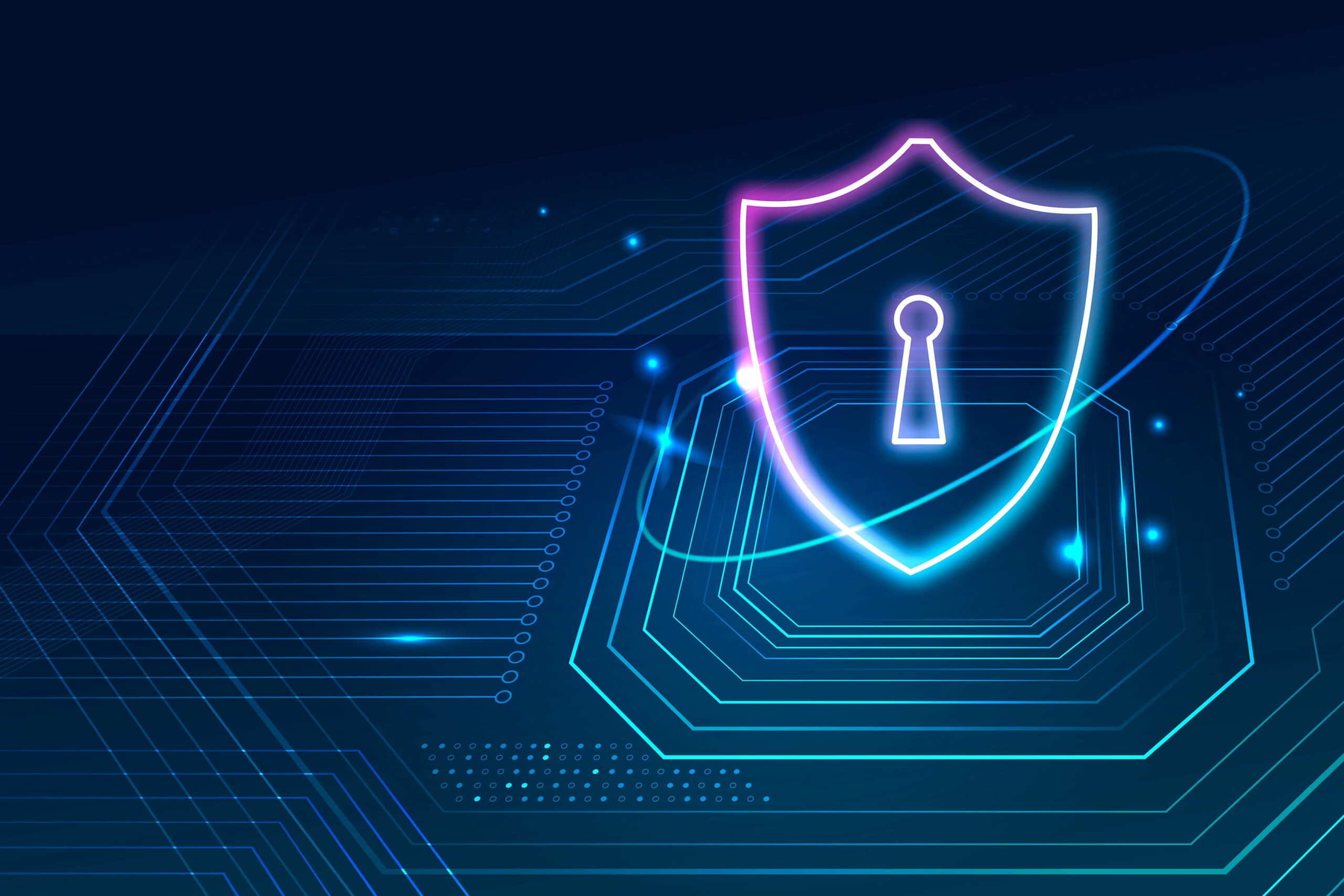The concept of an enclosure around the data of your organization is fast becoming obsolete in the digitally connected world of today. A new kind of cyberattack, the Supply Chain Attack, has emerged, exploiting the complex web of software and services that businesses rely on. This article explores the supply chain attack along with the threat landscape as well as the weaknesses of your business. It also outlines the ways you can use to increase your defenses.
The Domino Effect: A Tiny mistake can be a disaster for your Business
Imagine that your company is not using an open-source library, which is known to have vulnerabilities in security. The data analytics service on which you heavily rely does. This seemingly minor flaw can be your Achilles heel. Hackers exploit this vulnerability present in open-source software to gain access to systems of the service provider. They now have a backdoor into your organization, thanks to an invisible connection with a third partner.

This domino effect perfectly illustrates the insidious nature of supply chain attacks. They target the interconnected ecosystems which businesses depend on, by infiltrating security-conscious systems via weaknesses in partner software, open-source libraries, or even cloud-based services (SaaS).
Why Are We Vulnerable? What’s the SaaS Chain Gang?
Actually, the very factors that fueled the current digital age – in the past – the widespread adoption of SaaS software and the interconnectedness amongst software ecosystems – have created the perfect storm of supply chain threats. The immense complexity of these systems makes it difficult to track every piece of code an organization uses even indirectly.
Beyond the Firewall Traditional Security Measures Fail
Traditional security measures aimed at fortifying your own systems are no longer enough. Hackers are able to bypass perimeter security, firewalls as well as other measures to breach your network by using trusted third party vendors.
Open-Source Surprise It is important to note that not all free software is created equal
Another risk is the immense popularity of open source software. Open-source libraries can offer a variety of benefits however their extensive use and possible dependence on volunteers could pose security risks. A security flaw that’s not fixed within a library used by a lot of people could cause system vulnerabilities for a variety of companies.
The Invisible Athlete: How to Identify an attack on your Supply Chain
It is difficult to detect supply chain attacks because of the nature of the attacks. But, there are some indicators that may signal a red flag. Strange login patterns, strange data activity, or unanticipated software upgrades from third-party vendors could signal an unstable ecosystem. A significant security breach in a library or service provider that is frequently used will also trigger you to take action immediately.
A fortress built in a fishbowl: Strategies for minimize supply chain risk
What are you doing to boost your defenses? Here are some important tips to be aware of:
Perform a thorough assessment of your vendor’s security methods.
Mapping Your Ecosystem: Create a comprehensive map of all software libraries, services, or other resources that your company relies on in both ways, directly and indirectly.
Continuous Monitoring: Actively track all security updates, and continuously monitor your system for any suspicious activity.
Open Source with Caution: Be sure to exercise care when integrating open source libraries, and prioritize those that have an established reputation as well as active maintenance groups.
Transparency helps build trust. Inspire your suppliers to adopt secure practices that are robust.
Cybersecurity in the future Beyond Perimeter Defense
The rise of supply chain attacks necessitates a paradigm shift in how businesses tackle cybersecurity. The focus on protecting your security perimeters isn’t sufficient. Businesses must implement an overall strategy focussing on collaboration with suppliers, transparency within the ecosystem of software and proactive risk reduction across their supply chain. By recognizing the dangers of supply chain breaches and actively bolstering your security, you can ensure that your company is protected in an increasingly complex and interconnected digital environment.
